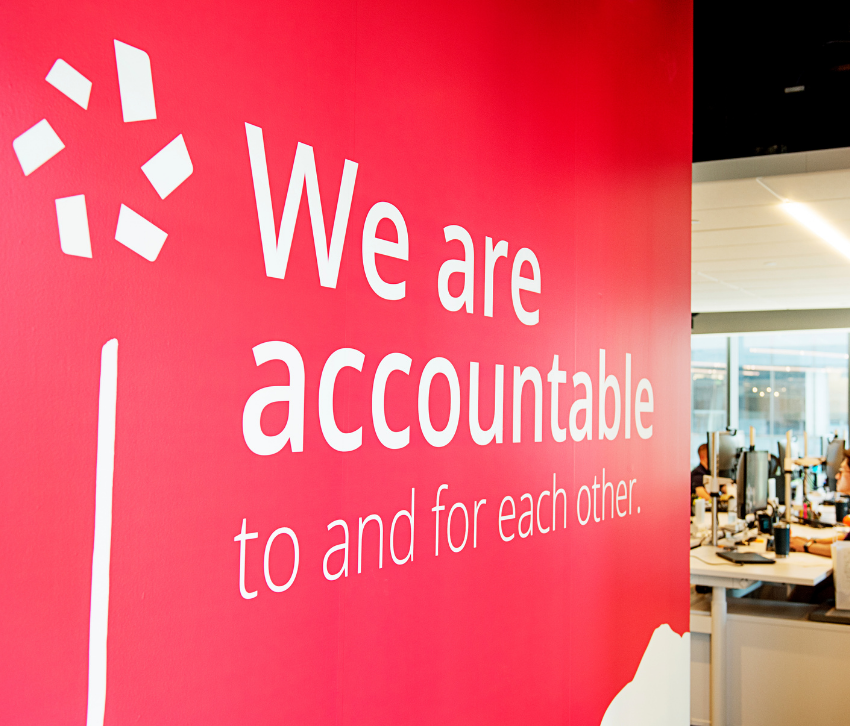Cengage: Delivering quality learning experiences to all learners

The Client:
Cengage is a global education technology company focused on advancing the way millions of students learn through quality, digital experiences.
The Challenge:
Cengage currently serves the K-12, higher education, professional, library, English language teaching, and workforce training markets worldwide, and believes that through the power and joy of learning, students can enrich their lives and achieve their dreams — no matter their age, experience, abilities or environment.
“Our goal is to deliver quality learning experiences to all learners,” said Justin Tumelaire, Accessibility Manager at Cengage. “Inclusivity is one of our core learning design principles. If a learning experience can’t be accessed by all learners, it doesn’t live up to our standard of quality learning.”
The Solution:
Tumelaire’s internal accessibility practice works with platform and technology teams across the organization to improve the accessibility of existing materials and to ensure that new activities and solutions are developed with accessibility and inclusivity built in from the start.
Cengage has partnered with Perkins Access to support and guide the company’s digital accessibility efforts. The teams work closely and have developed a collaborative, seamless workflow.
“It’s actually pretty cool because of all the touchpoints Perkins Access has with our stakeholders here,” Tumelaire said. “They work with our individual teams, communicating and coordinating in real time on Slack — to a degree, it feels like we’re all one organization, working together and collaborating at all times.”
Typically, Cengage identifies a key platform for review. Based on usability testing and a full audit, Perkins Access will create a detailed report that flags issues, along with feedback and specific recommendations for prioritizing and addressing them.
A ranked list of necessary fixes enables the Cengage development team to work more efficiently by focusing on what matters most. Along the way, the Perkins Access team is there to answer questions and provide advice. When changes have been made, the Perkins Access team goes back in to validate.
If the improvements meet accessibility standards, they are validated — and Cengage updates its Voluntary Product Accessibility Templates (VPATs) accordingly, with ongoing support and guidance from Perkins Access.
“The fact that we have this iterative process in place allows us to address issues adequately, while building a knowledge base of best practices across our platforms,” said Tumelaire.
The Outcome:
Tumelaire said, “The collaboration has transcended the value of simply improving our platforms. It has played a big role in awareness. Across Cengage, employees are proactively reaching out to our team for support and consultation. Colleagues are independently seeking professional development related to accessibility.
“It has highlighted how important accessibility is within Cengage — not only from the monetary investment perspective, but because everyone wants to create accessible solutions. The engagement with Perkins Access helps to build a level of empathy that allows developers and others to understand challenges users with disabilities may experience when faced with an inaccessible learning experience.”
Ultimately, Tumelaire believes the success of the partnership can be attributed to the values of both organizations.
“This partnership works because accessibility is about people. Perkins Access and Cengage are such a good fit because we’re both person-centered organizations. If you don’t have the person in mind when you’re working to improve accessibility, it’s going to fail somewhere. It needs to be more than a task — it needs to be a mission. Our products need to be usable because we care about the people who use them.”
